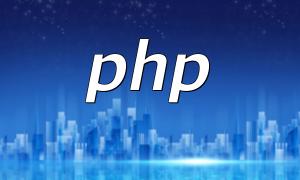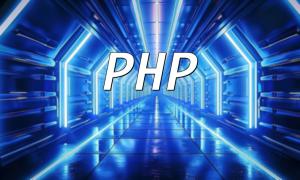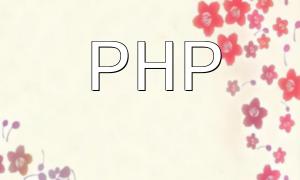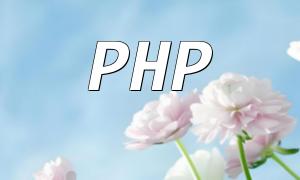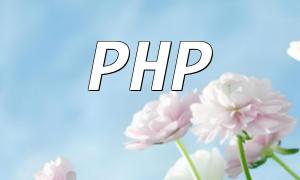In today's development landscape, the choice of programming language can significantly impact project efficiency and long-term maintenance. Groovy and PHP are both widely used languages, each with its own technical strengths and performance characteristics. This article compares their performance in various aspects to help developers make informed decisions.
Groovy is a dynamic language that runs on the Java Virtual Machine (JVM), known for its concise syntax and strong compatibility. Its performance heavily relies on the JVM's optimization capabilities.
Groovy takes full advantage of the JVM's Just-In-Time (JIT) compilation, which translates bytecode into native machine code at runtime, significantly improving execution speed. This makes Groovy particularly suitable for long-running backend services requiring high performance.
Thanks to its high compatibility with Java, Groovy allows developers to leverage existing Java libraries easily. This enhances code reusability and system integration while contributing to performance optimization, especially in complex business logic implementations.
PHP is a scripting language designed specifically for web development, with a vast user base and mature ecosystem. In recent years, PHP has seen significant performance improvements, especially since version 7.
Although earlier versions of PHP had performance limitations, PHP 7 and later versions introduced a redesigned Zend Engine, which improved parsing speed and reduced memory usage. These improvements make PHP capable of handling high-concurrency requests efficiently.
PHP excels at handling HTTP requests, rendering templates, and managing databases. Its built-in functions and web-centric libraries make it a fast-deployment option for small to medium web applications.
Choosing between Groovy and PHP depends on project requirements, system architecture, and the development team's expertise. Each language has its strengths in different contexts.
For high-concurrency scenarios, Groovy offers better scalability thanks to JVM's efficient thread management. PHP, although based on a synchronous model, still performs reliably in handling HTTP requests when paired with modern web servers like Nginx and PHP-FPM.
When speed of development is a priority, PHP is often the preferred choice. Its simple syntax and strong community support allow developers to quickly onboard and troubleshoot. Groovy, while slightly more complex, provides greater flexibility and maintainability for large-scale systems.
The decision between Groovy and PHP should be based on the nature of the project, performance expectations, and the team's familiarity with the language. Groovy is ideal for building complex backend systems with high performance needs, whereas PHP is well-suited for rapid web development projects, such as content management systems and API services.
Understanding the technical characteristics and runtime behaviors of each language is crucial for designing a solid development plan. Through this comparison, developers can gain a clearer perspective on when to use Groovy or PHP and make the best choice according to their project goals.
